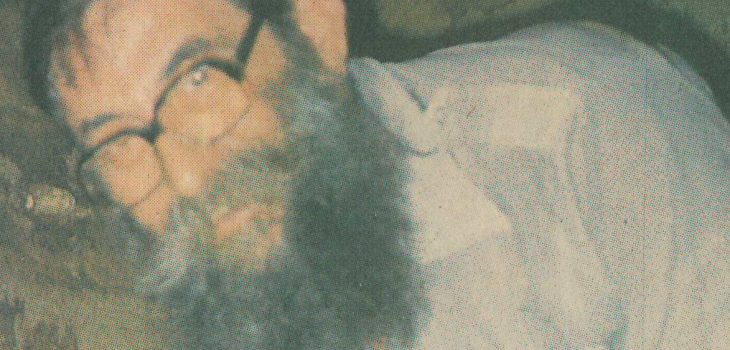By Becky Darnill
As part of my Archives and Records Management course at UCL, I undertook a two-week placement with the archive team at the London School of Hygiene and Tropical Medicine. I was given the opportunity to create a catalogue structure for a collection of papers recently donated to the archive.
The papers belonged to Dr. Donald Minter, an entomologist who taught and researched at LSHTM from 1964 until his retirement in the early 1990s. His principal research fields were in Kenya examining sandflies and tsetse flies in relation to sleeping sickness and Chagas disease in Brazil. Interestingly there has recently been a conference at LSHTM on the neglect of Chagas disease in the UK, which highlights the potential significance that Minter’s collection may have in connection to this disease.
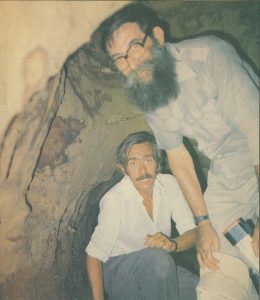
The collection consists of a vast array of documents including letters, notes, memos, lists of equipment, conference papers, publications and a large number of slides and photographs. The photographs capture a range of locations including Kenya, Zambia, Brazil, and Cyprus and offer a window into how researchers like Minter worked in the field. I discovered a photograph of a contraption made by Minter called ‘The Minter Bug Trap’. I would have liked to see how the trap worked!
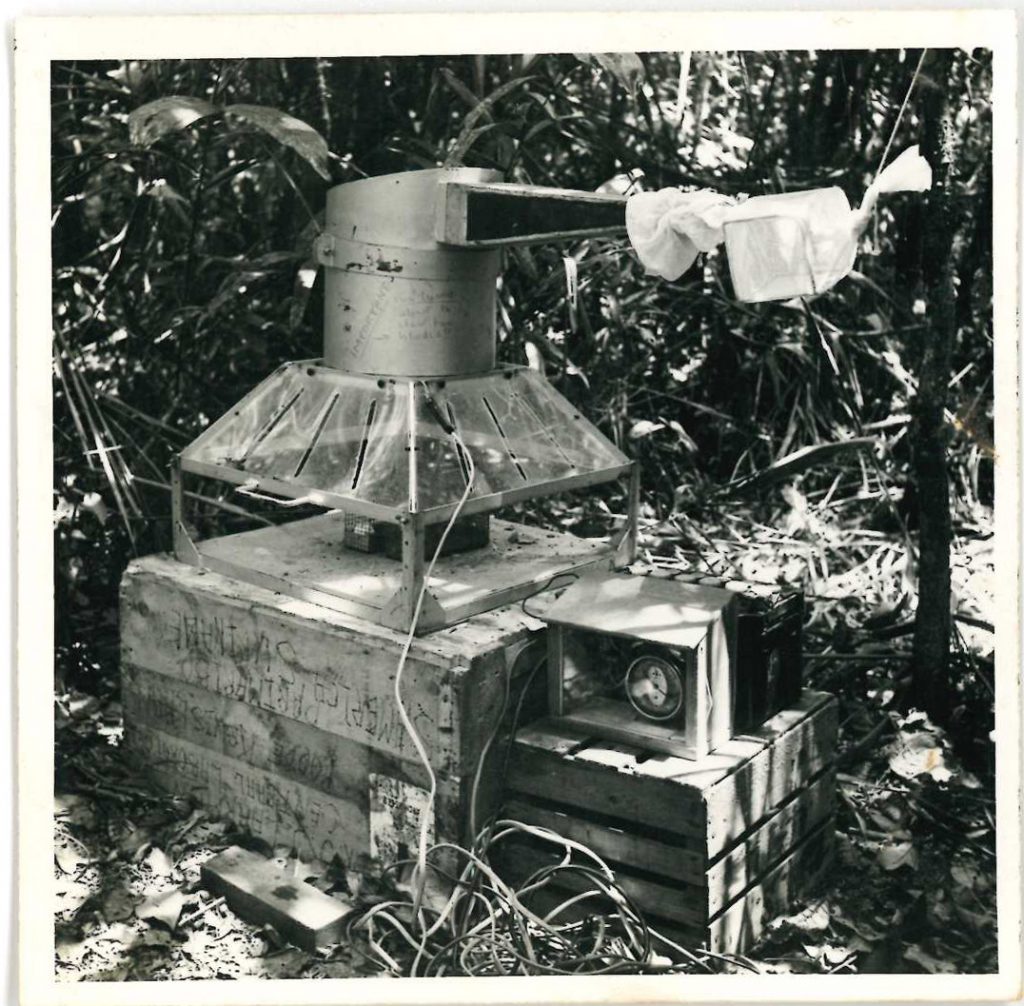
Sorting through such a varied collection and having little background knowledge of the research material, it was a challenge knowing where to start and how to find the best way to capture the lifetime work of Donald Minter in a catalogue arrangement.
I learnt how important it is to consider the users and researchers who may want to access the collection. There may be somebody else who is interested in how ‘The Minter Bug Trap’ worked! But crucially there could be interest in how Minter conducted his projects and fieldwork, as well as the outcomes and findings from his research.
It was also important to capture the contribution made by Else Minter-Goedbloed who played a significant role in the research of Chagas disease as a parasitologist while working alongside her husband Donald Minter. This led me to see how important it is for archivists to record the contributions and perspectives of those groups who are often marginalised and left out of collections.
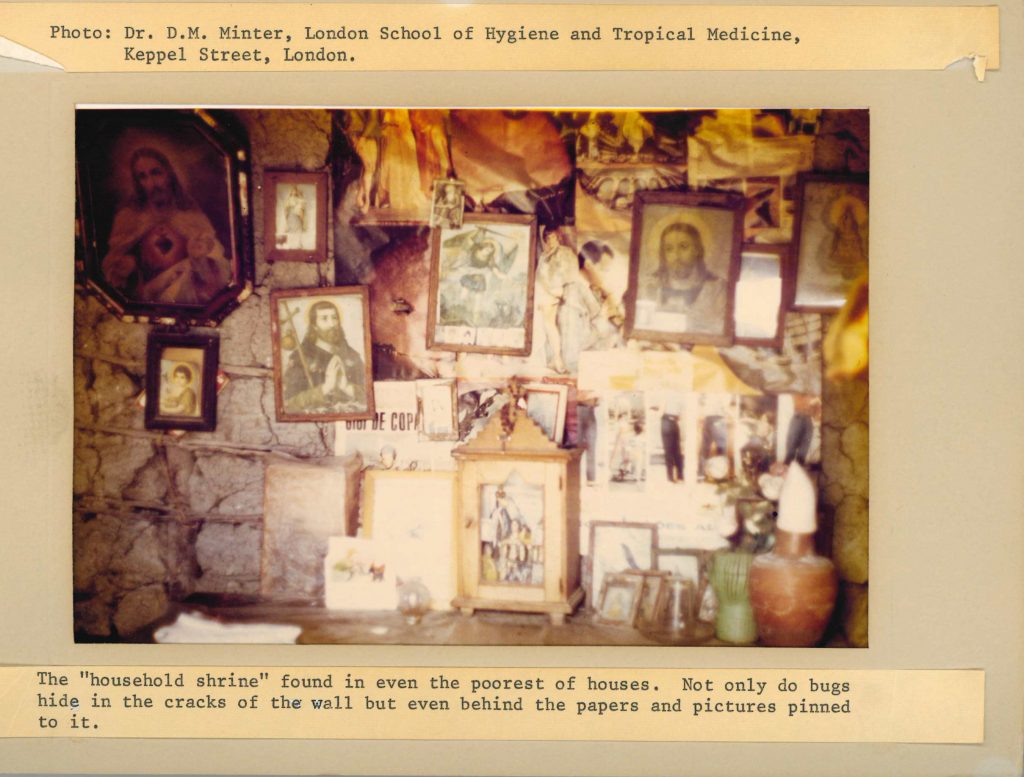
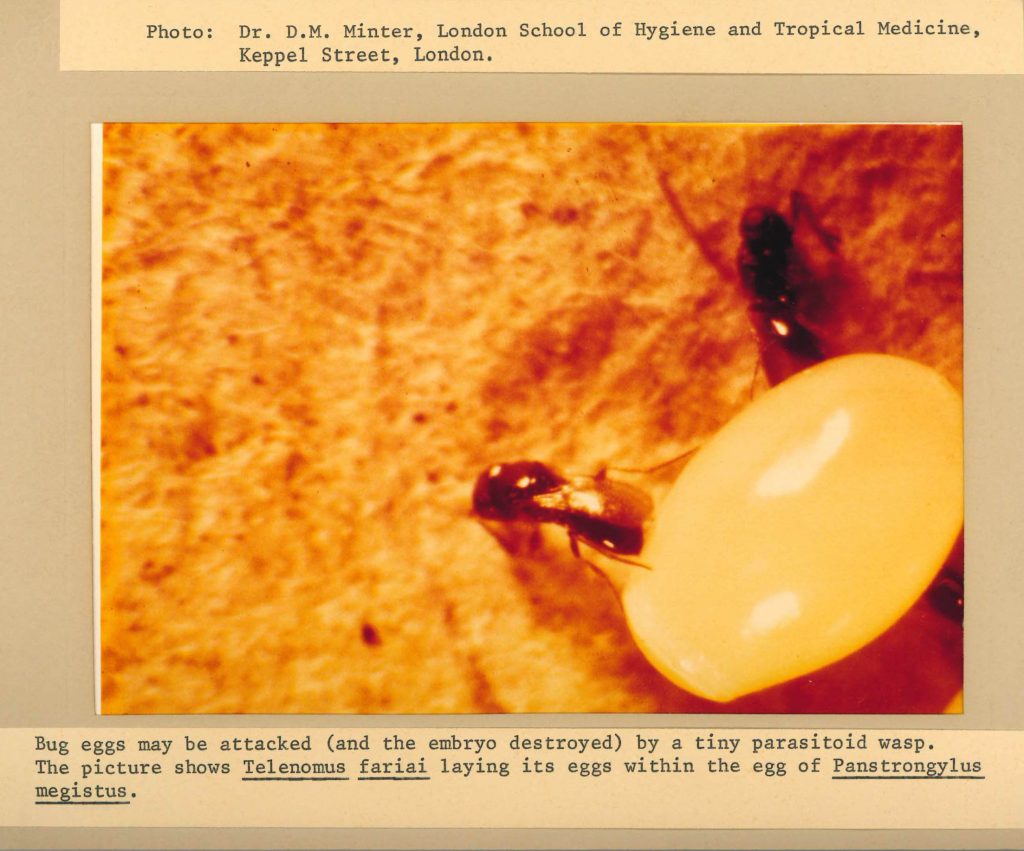
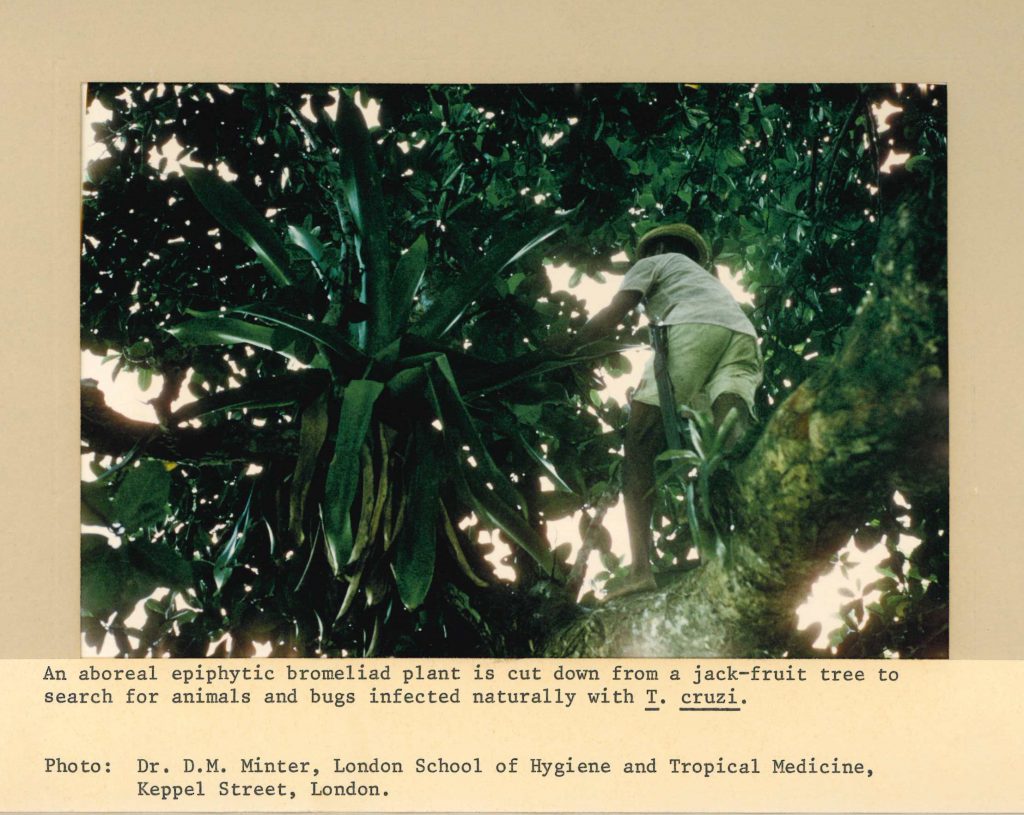
The photos above were taken by Minter during his research into Chagas disease in Brazil
Cataloguing the collection did not only involve thinking about the arrangement but also the long-term preservation of the materials. This involved repackaging the catalogued items into archival standard folders and boxes and removing metal fastenings such as paper clips and staples where possible. I can now add to my list of skills, making archival boxes from flat packs! Some of the photographs had started curling up at the edges which posed more of a challenge for repackaging. This issue of curling highlighted how materials like photographs can be sensitive to the changes in the environment, and that careful consideration needs to be given to their long-term storage. By the end of my placement, I managed to catalogue 6 boxes worth of material.
I want to thank Claire, Jenny, and Victoria from the archive team for their guidance and insight, and for giving me the opportunity to catalogue this collection. This placement gave me a great opportunity to further develop my archival skills and knowledge.



